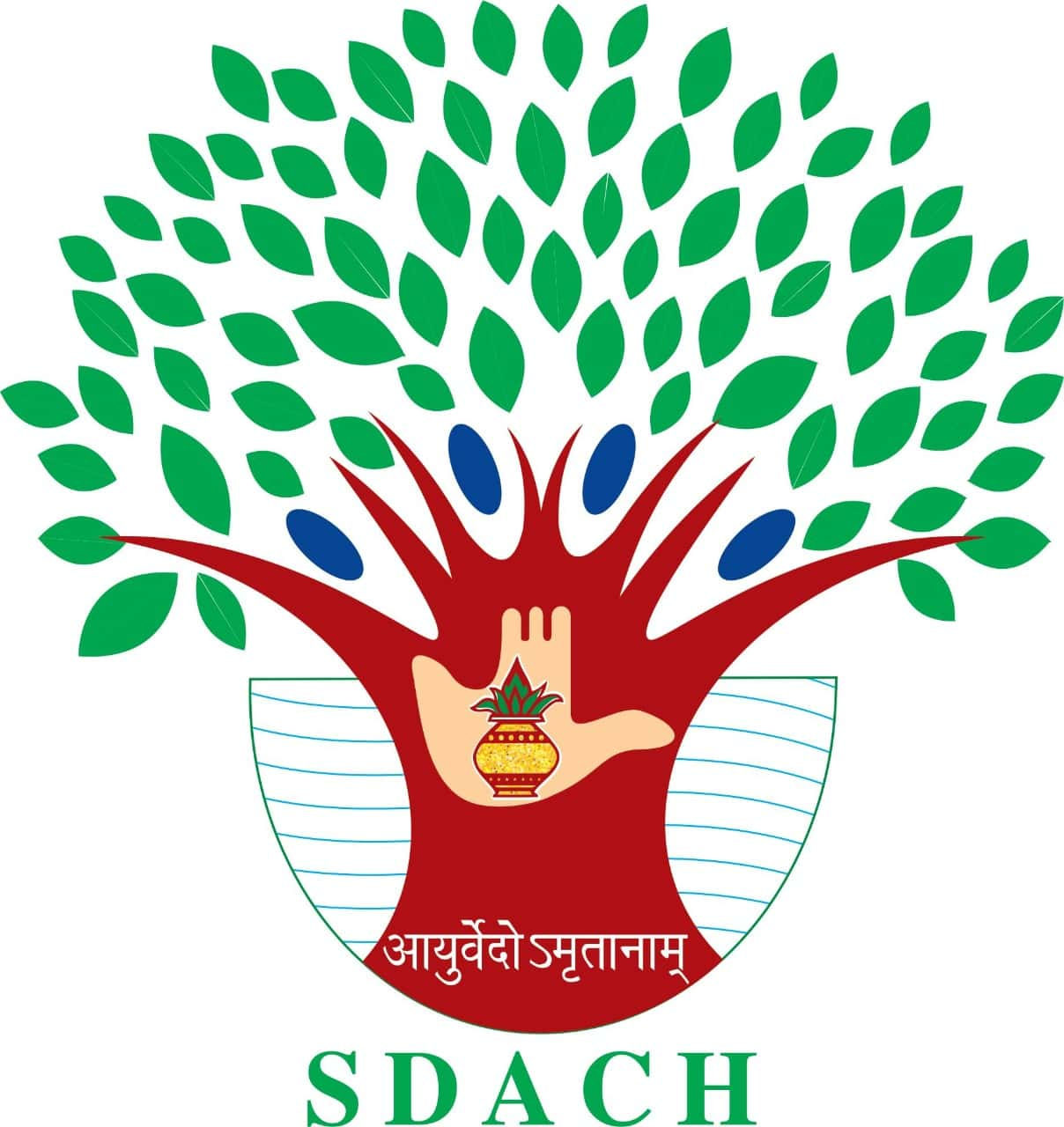Botanical Name : Solanum melongena Linn.
Family : Solanaceae
Identification No.: SDACH/HG/258
Synonyms :
Bhantaki, Bhantaa, Vaartaaka, Vaartaaku, Vaartaakini, Vrintaaka
Solanum ovigerum Dunal
Solanum trongum Poir.
Morphology :
The eggplant is a delicate, tropical perennial often cultivated as a tender or half-hardy annual in temperate climates. The stem is often spiny. The flower is white to purple, with a five-lobed corolla and yellow stamens. The egg-shaped glossy purple fruit has white flesh with a meaty texture. The cut surface of the flesh rapidly turns brown when the fruit is cut open.
It grows 40 to 150 cm (1.3 to 4.9 ft) tall, with large, coarsely lobed leaves that are 10 to 20 cm (3.9 to 7.9 in) long and 5 to 10 cm (2.0 to 3.9 in) broad. Semi-wild types can grow much larger, to 225 cm (7.38 ft) with large leaves over 30 cm (12 in) long and 15 cm (5.9 in) broad. On wild plants, the fruit is less than 3 cm (1.2 in) in diameter, but much larger in cultivated forms: 30 cm (12 in) or more in length
Uses :
liver complaints and for amenorrhoea. The fruit reduces blood cholesterol level
Chemicals :
Steroidal saponins, melongosides were isolated from seeds; tigogenin, diosgenin , Quercetin, 3-O-rhamnoside, kaempferol- 3-O-rutinoside.
Amayika Prayoga/Therapeutic Uses:
External – Paste of roasted fruit applied on boils and ulcers
Internal – Used in indigestion, intestinal worms, anemia, inflammation, male infertility, and anorexia
Part used: Fruit, root
Dose:
Churna – 3–5 grams
Swarasa – 10–15 ml (fruit juice)
Saka (as vegetable) – 50–100 grams cooked
Yoga/Formulations:
Vrintaka Saka
Vrintaka Churna
IUCN Status: Not Evaluated (NE)
Research updates:
- Noda Y, Kaneyuki T, Mori A. Antioxidant activity of nasunin in eggplant peels. Biosci Biotechnol Biochem.
- Sadek KM. Antioxidant and immunostimulant effects of Solanum melongena in rats. J Appl Pharm Sci.
- Akanitapichat P, Phraibung K, Nuchklang K. Antioxidant and hepatoprotective activities of eggplant extracts. Food Chem Toxicol







